The story of Janamejaya is a lesson for many. His love and affection towards his father ultimately resulted in the bringing out the power and glory of Lord Guruvayurappa (Lord Krishna). This Kuru king was born to Parkikshit and his Queen Madravati. The great Parikshit happens to be the son of Uttara and Abhimanyu (son of Arjuna and Subadhra). Therefore Janamejaya happens to be the great grandson of Arjuna and Subadhra (sister of Lord Krishna). Janamejaya had played an important role in the consolidation of the Kuru state along with his father Parikshit. It is also believed that he had played a decisive role in the arrangement of the Vedic hymns.
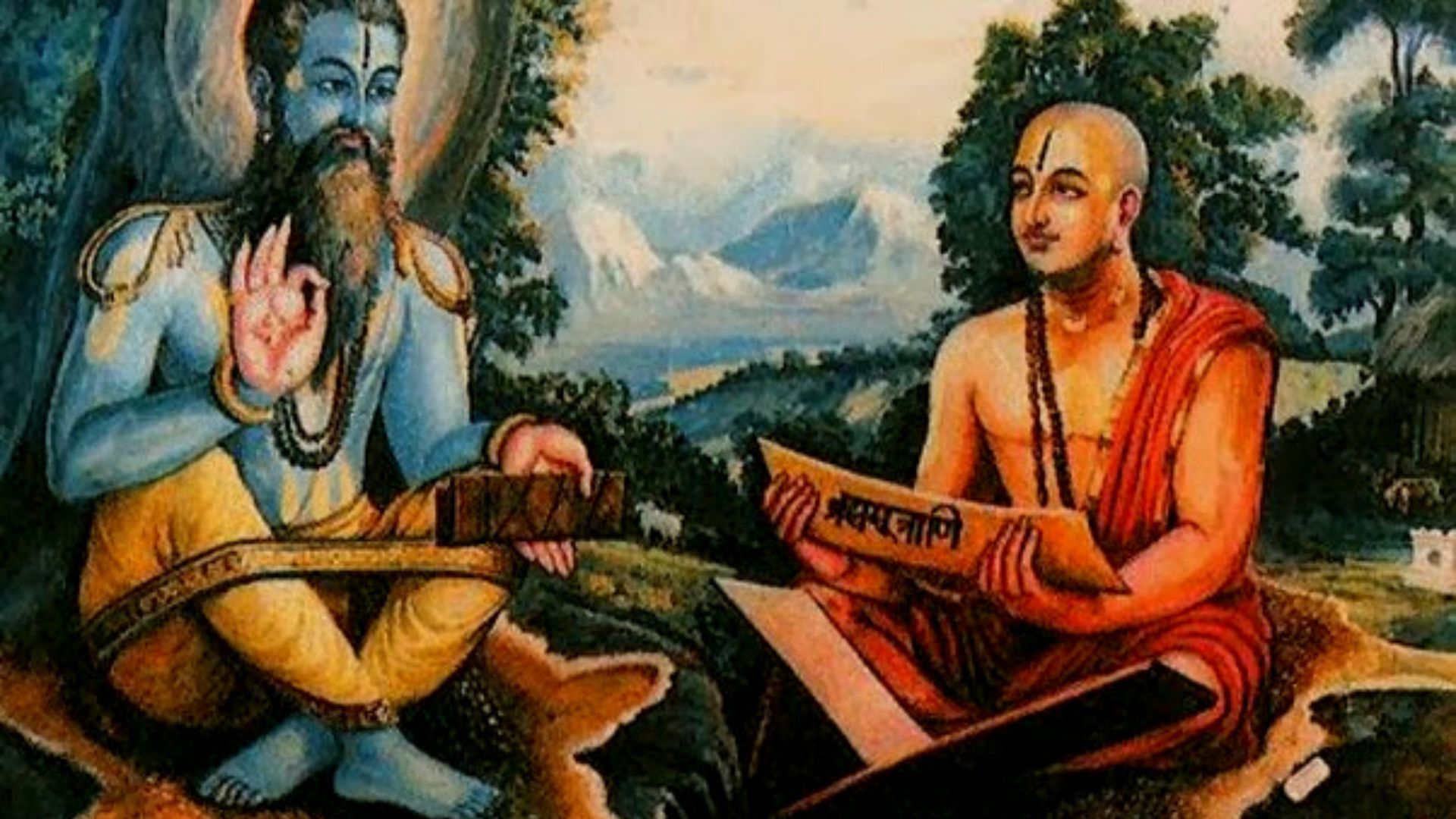
Janamejaya was married to Vapushtama and she had begotten Shatanika and Sankukarna. Asvamedhadatta is said to be his grandson. The name Janamejaya means 'man impelling'. Janamejaya was perhaps the first one to listen to the narration of Mahabharata by Vaishampayana, the well known student of Veda Vyasa. A dispute between Janamejaya and Vaishampayana is reported in the Matsya and Vayu Puranas. Janamejaya had later abdicated the throne in favor of his son Shatanika. Veda Vyasa had narrated the Devi Bhagavatam to Janamejaya during the early years of the Kali Yuga.
Raja Parikshit had other sons too and they were - Kakshasena, Ugrasena, Chitrasena, Indrasena, Sushena and Nakhaysena. He had conquered Takshasila and had faced the Naga Takshaka. This serpent had been responsible for the death of Parikshit and this impelled Janamejaya to take steps which would result in the extermination of the Naga race itself. Chakravarthi Janamejaya performed the Sarpa Satra , a sacrifice which was meant to kill all the snakes. The serpents were drawn towards the fire pit and consumed. Very few of them were left out. This sacrifice was held on the banks of River Arind in Bardan (This place is known as Parham and is a corrupt form of Parikshitgarh). The reservoir built by Janamejaya marked the site of the sacrificial pit and is known as Parikshit kund. This place exists in Mainpuri District (Uttar Pradesh). Some ruins are said to be located in the vicinity of this place and it is believed that snakes are harmless in this area.
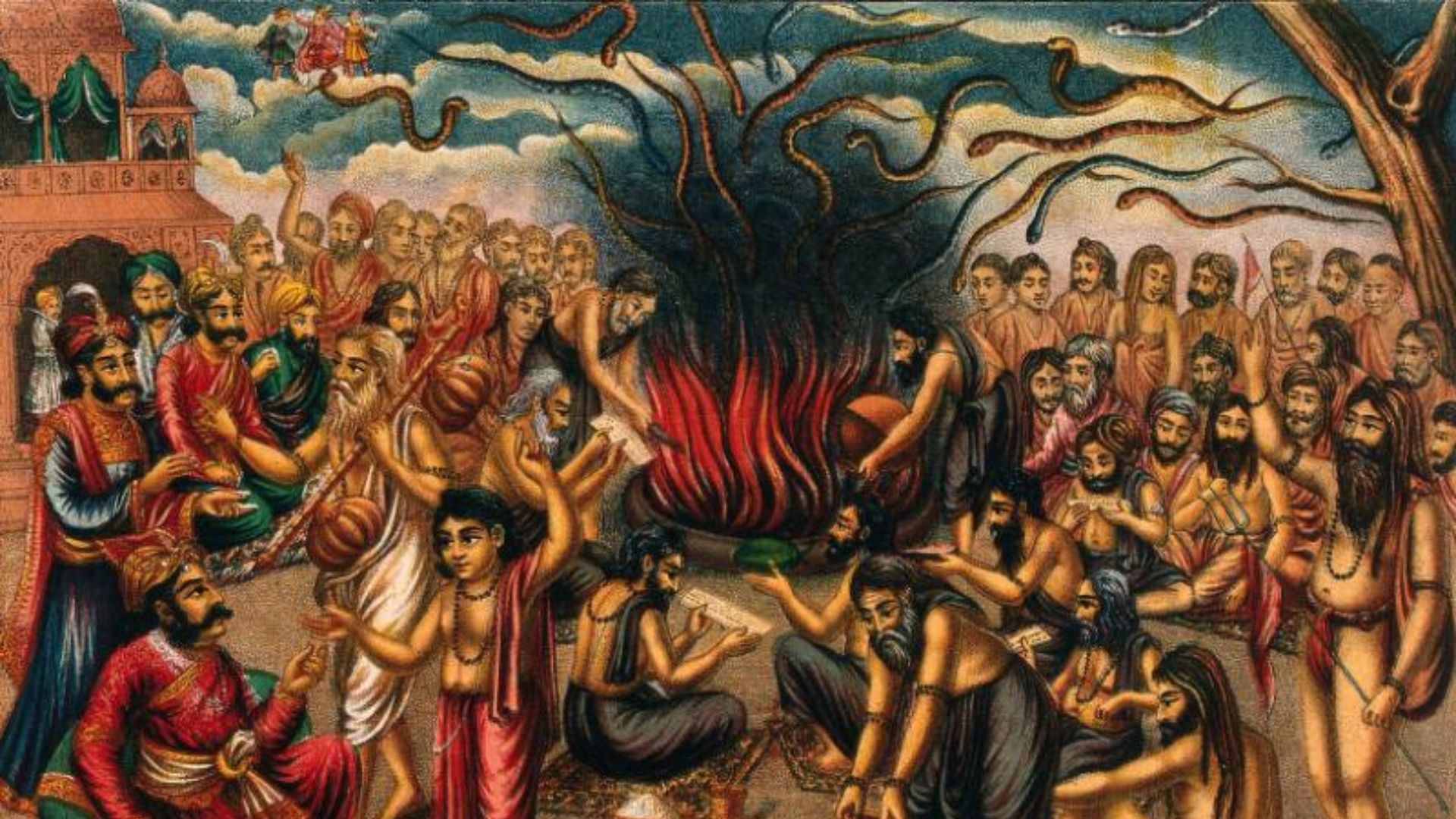
The Sarpa Satra by Janamejaya destroyed a huge number of snakes. The serpent chief Takshaka was imprisoned by Janamejaya. It was finally the role of the learned Astika which saved Takshaka. Astika was born to Manasa (a Hindu Goddess of snakes and she happens to be a sister of Sesha , Vasuki) and a Brahmin. Manasa is also known as Vishahari (destroyer of poison). The Nagas lived in peace thereafter.However Janamejaya was afflicted with leprosy. He began to suffer a lot due to the same. The physicians in his palace tried their best to provide relief for him but they failed. Every other effort failed and finally Janamejaya turned to his Guru Dattatreya for help.
Janamejaya was offered a solution by the divine Dattatreya. The ruler was asked to travel to the land created by Parasurama and pray at the shrine of Lord Guruvayurappa (Lord Krishna) in order to be cured of his affliction. Dattatreya stated that the icon of Lord Guruvayurappa had been originally located in Dwaraka and was brought to the south by Vayu and Guru those days. They had carried it personally. The deity came to be known as Guruvayurappa as a consequence of the same. Uddhava had offered his prayers to this icon while it was present at Dwaraka. The story of Dwaraka and its submergence is well known. Archeologist B.B.Lal had unearthed evidence connected with Dwaraka. This had got submerged long ago and Poom Puhar or Cauverypoompattinam had similarly gone under in the south. Both these cities had been part of the international maritime trade route.
Chakravarthi Janamejaya reached Guruvayur and visited the shrine of Lord Krishna. It was constructed by Viswakarma. He felt greatly relieved on reaching the religious destination. He fell at the feet of Guru Dattatreya and spoke about the association of Lord Krishna with his ancestors. Lord Krishna had been their relative, friend , God , guide and guardian. There he was confident that Lord Krishna would provide him relief. Both Guru Dattatreya and Janamejaya had a bath in Rudrathitham at Guruvayur. It is also accepted as Swami Pushkarini. Janamejaya was happy to have a holy bath in the spot where Lord Shiva had bathed.
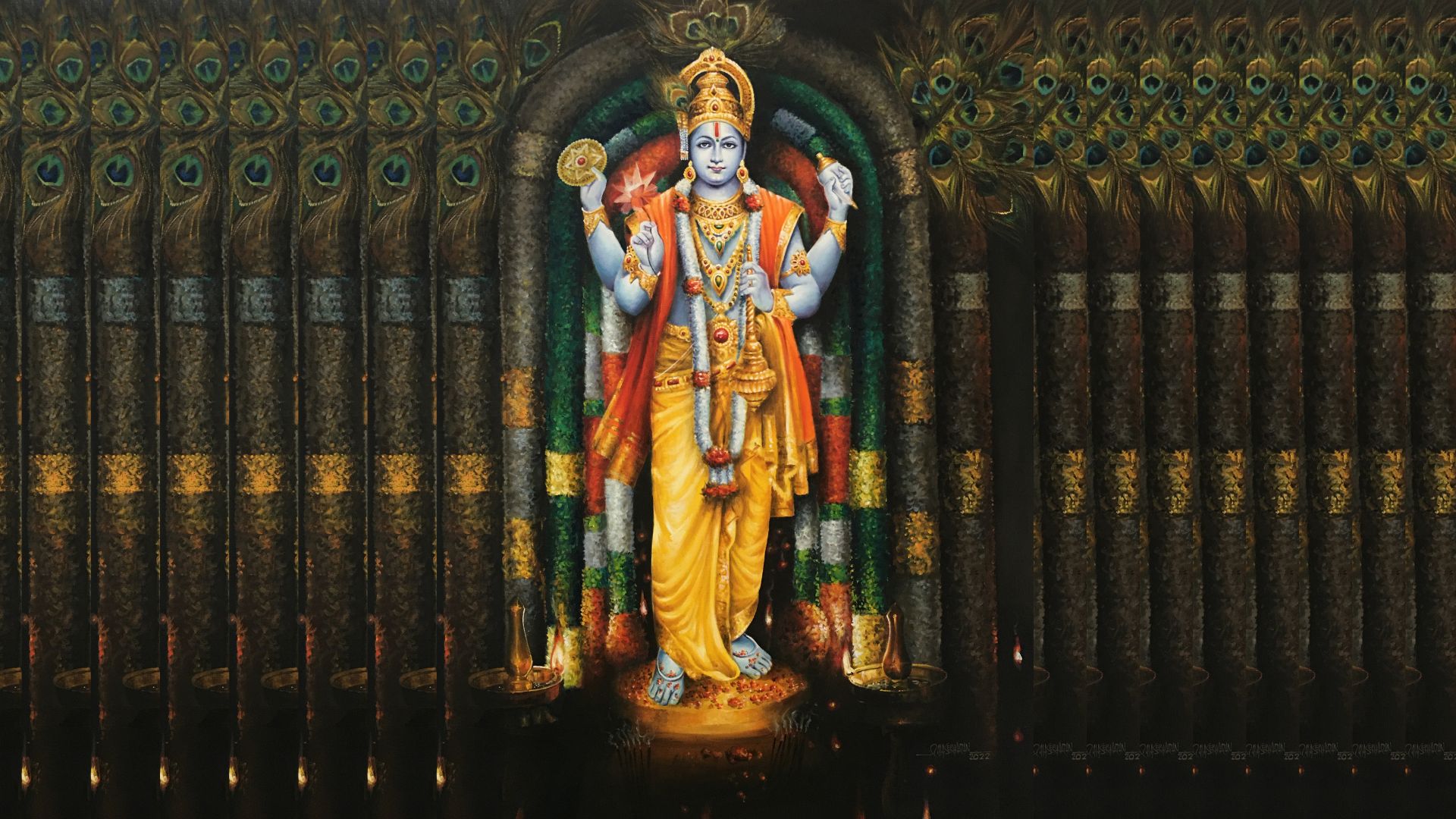
Janamejaya entered the temple and prostrated in front of the Kodimaram (flagstaff) and thereafter prayed to Lord Guruvayurappa. The splendor of the deity and the effulgence was without a parallel. It would put the effulgence of millions of suns to shame. Janamejaya was overjoyed and he began to enjoy the visit. Guru Dattatreya went on to prescribe the prayer method to Janamejaya. He was to offer his prayers for one mandalam (48 days) at the temple. Janamejaya was to get up very early and recite the name of the Lord on his lips. He was to have a bath in the sacred Rudra Thirtham and have the ' Nirmalya Darsanam ' (first darshan). This should be followed by him witnessing the Tailabhishekam (oil bath pooja). The ruler was to collect a few drops of oil after the Thailabishekham and sprinkle it on his head.
The disease afflicted Janamejaya followed the advice of Guru Dattatreya. He witnessed Abhisheka Deepa Darsanam twice a day. Janamejaya prayed during the Deepa Darsanam that was possible five times a day. This was part of the temple schedule. He witnessed the ' Seeveli ' that took place thrice per day. This was the Pradakshina Darsanam and he saw the ' Pugai Saathuthal ' and the associated twelve types of Darshans everyday. The ruler visited the nearby Mammiyur Mahadevar temple prior to visiting the Guruvayurappan temple every day.
Janamejaya was following the advice of Guru Dattatreya with utmost devotion. His visits purified him. The mind of Janamejaya became pure and devoted. He began to think in the interest of everyone. This seeker of grace started getting nobler. It was after this experience that Janamejaya got a nice dream. Lord Guruvayurappa appeared in his dream and stated that he was pleased with his devotion. Further the Lord stated that he would cure him of his affliction instantly. Thereafter the Lord proceeded to caress the disease afflicted body of Janamejaya.
At that very instance, the devout Janamejaya got up from his dream and began searching for Lord Guruvayurappa. He began to yearn for him and this made him chant the name of Lord Guruvayurappa. Janamejaya became aware of himself and saw his own person. He was astonished! Lord Guruvayurappa had cured him of his skin affliction. His body had acquired a golden glow and it was visible clearly due to the presence of the rays from Chandra (Moon). Janamejaya began to chant the name of Lord Guruvayurappa and dance with joy. He was awake all through the night and was constantly thinking of the grace of Lord Guruvayurappa.
The sun rose and brightened the place. On learning about the story of Janamejaya's cure at the hands of Lord Guruvayurappa, people thronged to see him in the temple. Janamejaya kept on talking about the grace of Lord Guruvayurappa throughout the day. He gave away food, clothes and money to the poor. Learned Brahmins were also given their due respect. Janamejaya performed Pada Pooja (washing and decorating the feet of the well wishers) to the Brahmins present. This was followed by Annadanam (free distribution of food), Vastradanam (free distribution of clothes) and Swarnadanam (giving away of gold) alongwith other forms of charity.
The people were extremely happy to learn about the grace of Lord Guruvayurappa. Janamejaya became the recipient of all the sixteen forms of wealth due to the grace of Lord Guruvayurappa. His rule was magnificent and he continues to be remembered by the people of Bharat.
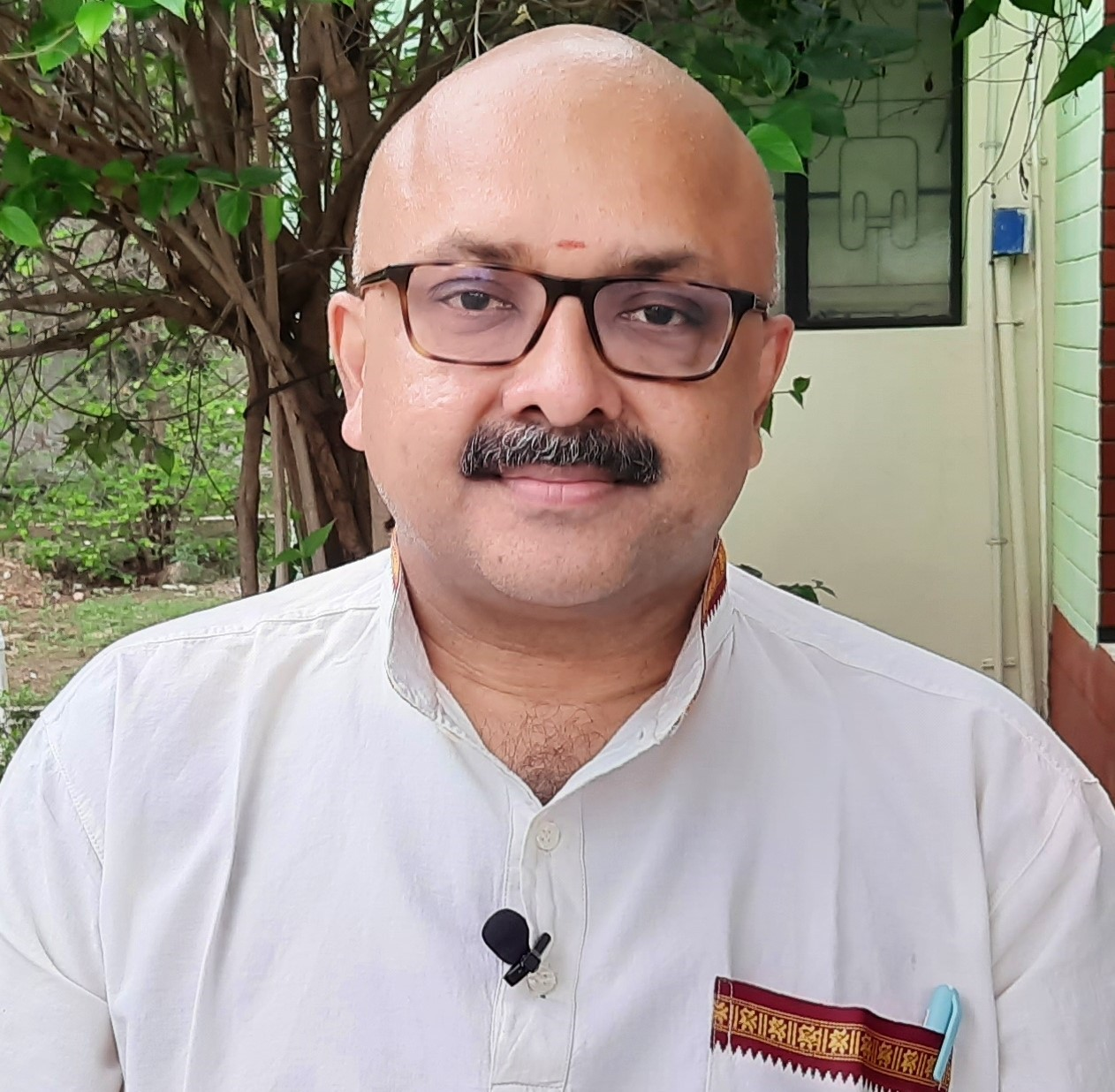 Mr. Rajesh Govindarajulu is one of the founding members of The Verandah Club Pvt. Ltd. He is a leading columnist, historian, jeweler, entrepreneur, and a heritage enthusiast who is earnestly working to revive the past in the light of the present. Experiential learning about the history of Coimbatore is his main course of interest and he is also a panel member of many colleges in the city.
Mr. Rajesh Govindarajulu is one of the founding members of The Verandah Club Pvt. Ltd. He is a leading columnist, historian, jeweler, entrepreneur, and a heritage enthusiast who is earnestly working to revive the past in the light of the present. Experiential learning about the history of Coimbatore is his main course of interest and he is also a panel member of many colleges in the city.
NEXT ARTICLE
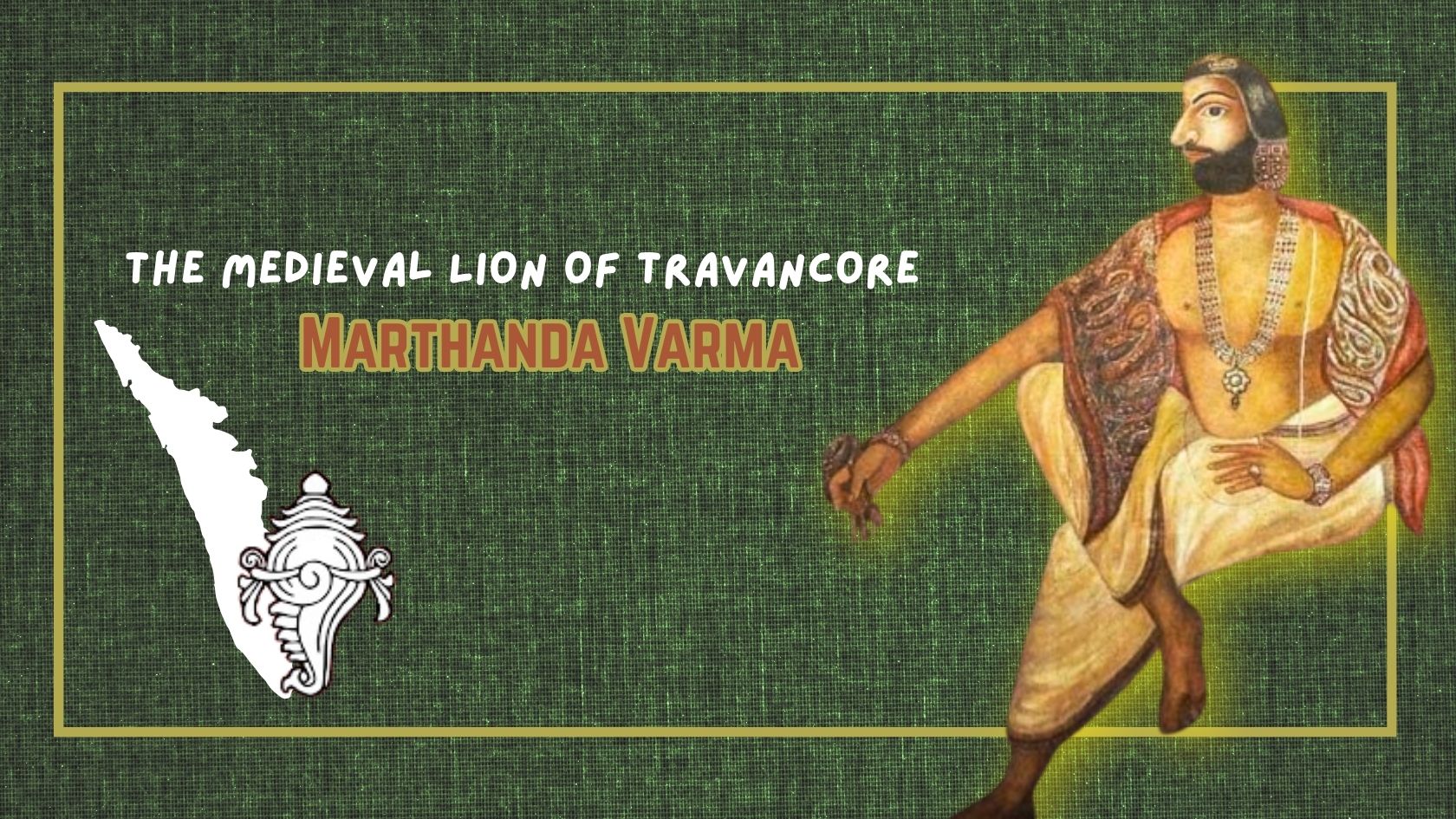
Shri Ramachandra Prasad's captivating narrative and the hot chai that was served at the right time transported me to ancient Kerala, where the extraor...
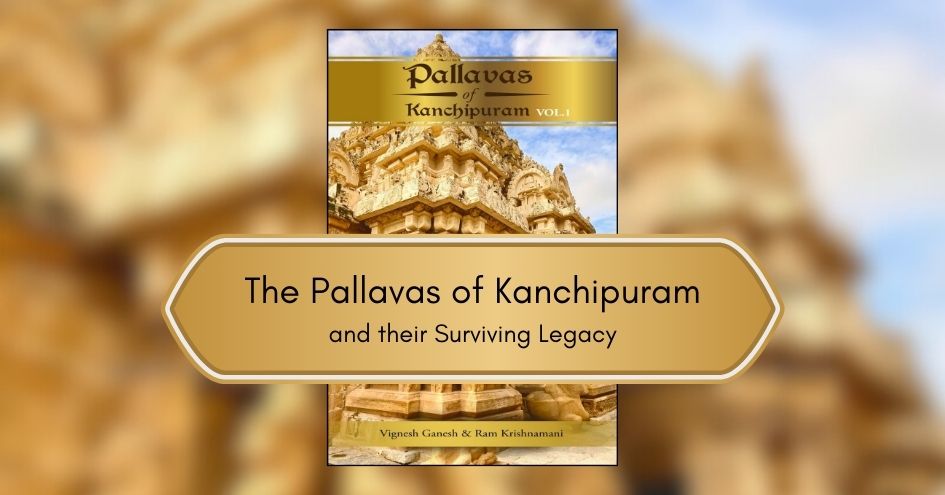
Introduction In Bharatvarsha, History is not the account narrated by victors. It is the record left behind by survivors. The study of Indian History...
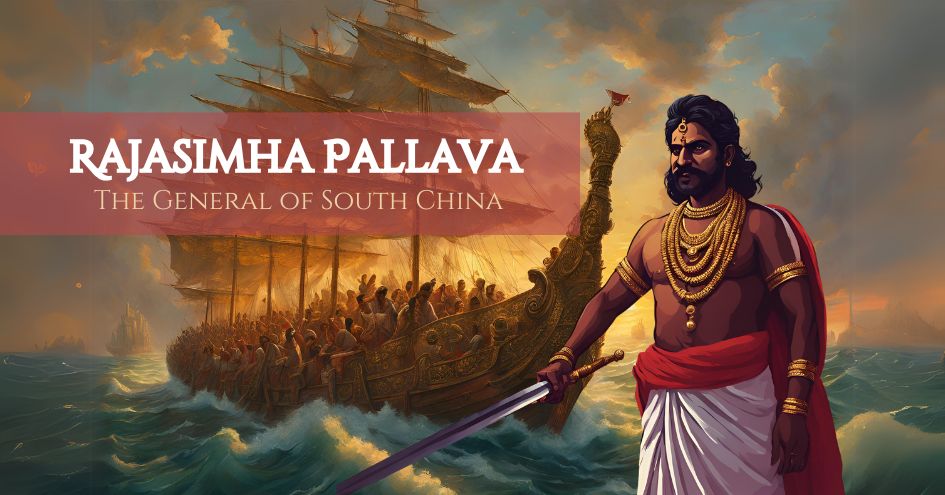
It is the first-half of the 8th Century C.E. in South India. The Pallava kingdom possesses strength and prosperity with some of the greatest monument...